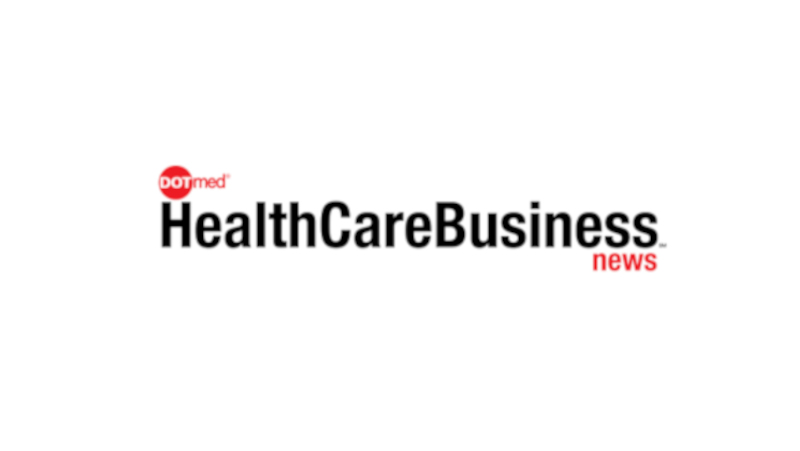Creating Alternative Payment Models for Outpatient Physical Therapy
In the shift to value-based care, the healthcare industry has made the most progress in the widespread adoption of alternative payment models (APM), which evaluate provider performance against both quality standards and cost benchmarks. According to AHIP, in 2020 more than 40% of healthcare payments flowed through an APM, representing steady growth in risk-based models among both commercial and government health plans.
In recent years, more primary and specialty care providers have entered into APM arrangements that include bundled payments as well as upside and/or downside risk sharing. These agreements tend to involve high-cost care episodes, usually centered around one triggering procedure, such as surgery, and the clinical services that precede or follow it, often within a 90-day window.
As health plans consider additional specialties that are ripe for APM development, they should consider assessing not only high-cost care episodes, but also lower-intensity services, such as outpatient physical therapy. To date, no major APMs are available for physical therapy (PT), which has high utilization rates across all health plans, although utilization varies across regions, providers, and patient cohorts.
Providing clinical context for PA requests
Traditionally, PA requests are one-off transactions, disconnected from the patient’s longitudinal history. Physicians enter the requested clinical information, which is already captured in the electronic health record (EHR), into the health plan’s PA portal and await approval or denial. Although FHIR standards have provided new interoperability for the exchange of clinical data, these integrations are rarely sufficient to complete a PA request, as much of the pertinent information resides in unstructured clinical notes.
Using natural language processing, ML models can automatically extract this patient-specific data from the EHR, providing the health plan with a more complete patient record. By using ML and interoperability to survey the patient’s unique clinical history, health plans can better contextualize PA requests in light of the patient’s past and ongoing treatment.
A prime area of opportunity
In an analysis of health care spending for 154 health conditions over a 20-year period ending in 2016, one study found that lower back and neck pain was the most expensive (at an estimated $134.5 billion), followed closely by other musculoskeletal conditions and diabetes. Yet despite the disproportional increase in healthcare expenditures on musculoskeletal conditions, patient outcomes have not improved significantly.
Patients typically complete PT either at the start of their care journey, as a conservative treatment, or at the end of an episode of care, for postoperative rehabilitation. The vast majority of PT spending is for conservative treatment. Research indicates that beginning treatment with PT reduces the average cost of a care episode by nearly 20% when compared to an injection-first approach, and by 75% when compared to a surgery-first protocol.
Due to these characteristics—high utilization rate, high variability, and high potential savings—conservative PT is an ideal testing ground for payment innovation. Let’s take a look at how health plans can leverage existing data to quickly create an APM for PT.
Setting cost benchmarks and establishing quality standards
As with other mainstream APMs, a PT payment innovation program would require a cost benchmark for financial sustainability. Providers whose actual costs fall below benchmarks would earn shared savings or other incentives, while actual costs above benchmarks would lead to payment reductions.
Using a health plan’s specific policy guidelines, an intelligent authorization platform can use ML and natural language processing to detect evidence that the criteria has been met, linking relevant text within the clinical notes to the plan’s policy documentation. Reviewers can quickly pinpoint the correct area of focus within the case, speeding their assessment.
The application of AI and ML to the onerous PA process can relieve both physicians and health plans of the repetitive, manual administrative work involved in submitting and reviewing these requests. Most importantly, these intelligent technologies transform PA from a largely bureaucratic exercise into a process that is capable of ensuring that patients receive the highest quality of care, as quickly and painlessly as possible.
Since PT treatment varies significantly by patient, condition, and provider, an appropriate cost benchmark should consider both the total cost of a PT episode and the average intensity of treatment, measured by the number of modules and the length of each session. Using two metrics to create an overall cost benchmark—based either on an episode or a set time period— would help to make the benchmark both more transparent and more achievable for providers.
By contrast, quality standards typically involve far more than two metrics. Often, these involve several of the six core aims for quality healthcare, as defined by the National Academy of Medicine: quality care should be safe, effective, patient-centered, timely, efficient, and equitable.
To be most effective, a PT payment innovation program should build its quality standard in two phases. The first phase should leverage available claims data to provide an initial view into patient outcomes without adding provider or patient burden. As conservative PT is a beneficial first-step treatment, service utilization patterns following PT reflect patient outcomes and care needs, and can conceivably measure the efficacy of treatment.
With that rationale, a program could track the following measures: the number of patients not requiring surgery following PT treatment; the percentage of patients seeking care from another provider for the same diagnosis following PT treatment; and average condition-specific costs within six months of PT completion. Tracking outcomes such as these can help align program expectations with realistic goals, and can also help distinguish outlier providers.
Incorporating patient-reported outcomes data
Although many experts argue that patient-reported outcome measures (PROMs) are the ultimate assessment of the efficacy of a given treatment, validated PROMs data is difficult to collect at scale. As compared to care processes, patient-reported outcomes are also far more sensitive to external factors outside of providers’ control, including variable patient expectations, lack of therapy adherence, behavioral choices, and social determinants of health that negatively impact the patient’s recovery.
Nonetheless, the second phase of quality standard development should incorporate clinical PROMs, which typically assess functional status, pain, and quality of life. Both the American Physical Therapy Association and the American Academy of Orthopaedic Surgeons endorse several standard outcome assessments that measure these domains, including the Knee Injury and Osteoarthritis Outcome Score, the Oswestry Disability Index, and the PROMIS 10 global quality of life measure.
These tools can be used to assess a patient’s outcomes before and after treatment, providing a risk-adjusted direct measurement of PT’s impact. As providers often struggle with manual administration of PROM questionnaires, an innovative PT alternative payment program should support more effective digital means of ensuring high PROMs collection rates. This should generate interest from a percentage of participating providers, as hospitals and health plans can use PROMs data to apply for various national quality accreditations. PROMs can also help providers track minimal clinically important differences, or changes in a clinical intervention that are meaningful for the patient, which can help providers drive best practices.
A well-designed digital care management platform parcels out PROMs over time, aligned with the patient’s treatment progression, to encourage compliance and combat form fatigue. Similarly, an intelligent utilization management (UM) platform can enable the routine collection of patient-reported outcomes at regular intervals throughout the patient’s care, such as before PT begins, a few months into the therapy, and when the patient moves on to subsequent treatment options. Along with collecting online questionnaires, an intelligent utilization management platform can also use machine learning to extract pertinent outcomes data from the patient’s clinical notes, providing an additional level of reporting.
To conclude, PT represents a major new opportunity for payment innovation. Relying on claims-based data to determine initial cost benchmarks and quality standards allows for a shorter implementation time and faster analytics development, without saddling either providers or payers with the burden of additional data collection.
After the initial model generates proof points, payers can build data collection mechanisms to amass digital pre-and post-therapy outcomes data, leading to the development of PROM-based effectiveness measures. In time, these more comprehensive quality standards can help to drive better outcomes at a lower cost for the large percentage of the population receiving conservative physical therapy treatment.


